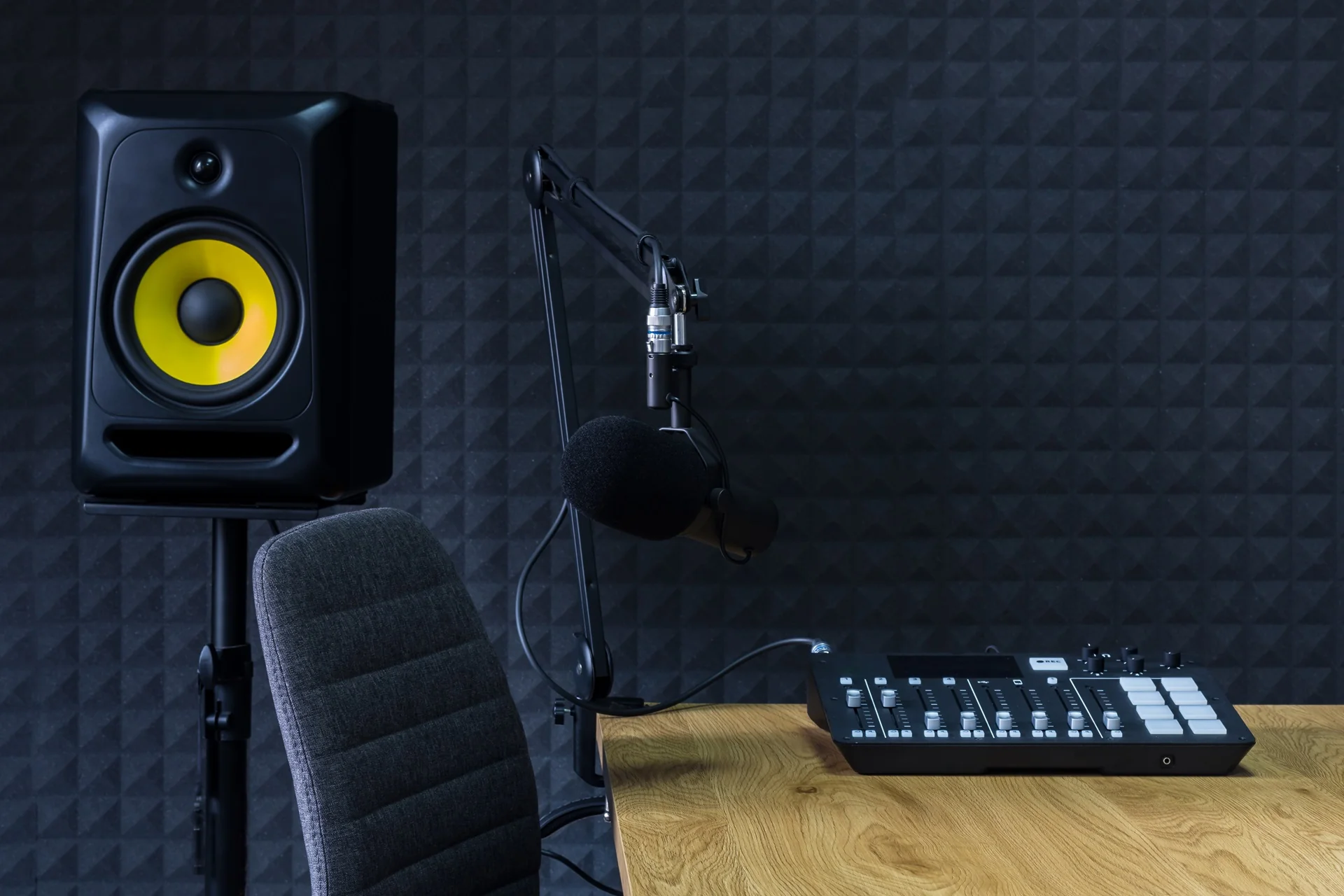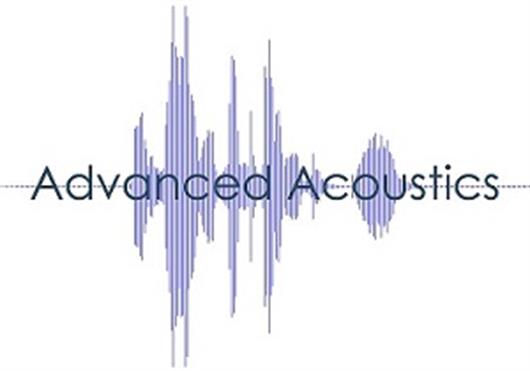 Add My Company
Add My Company

You've finally done it—invested in a home studio to turn your passion for music or podcasts into reality! But now that you have it, how can you make sure that the space you create sounds as good as possible?
One common issue creators encounter when designing a home studio is that sound tends to bounce around the room, leading to uncontrolled echoes or reverberations. Any outside noise can also infiltrate your recording, resulting in an undesirable mix of sounds. To counter these issues, we'll discuss various soundproofing and acoustic treatment options that are practical and affordable.
So, if you're ready to transform your home studio into a professional-sounding recording area, follow along as we uncover the world of soundproofing and acoustic treatment. Let's help you create a space you'll be proud to call your own and where you can unleash your creativity!
Identifying Your Home Studio's Acoustic Challenges
Before moving forward with any soundproofing or acoustic treatment solutions, it's essential to understand the unique challenges your home studio presents. Start by spending some time listening to your recording space, both when it's quiet and when you're playing audio through your system. Make a note of any noise from outside sources, like neighbours, traffic, or construction work. Observe if your room has any apparent acoustic issues, like excessive echoes, reverberation or muddy bass frequencies.
It's also helpful to make a rough sketch of your room's layout, including windows, doors, and any irregularly shaped walls. This diagram will help you plan the placement of acoustic treatment products, such as foam panels, bass traps, and diffusers. Once you have a clear understanding of your studio's acoustic landscape, you can begin exploring soundproofing and acoustic treatment solutions tailored to your specific needs.
Soundproofing Your Home Studio
The primary goal of soundproofing is to reduce or eliminate external noise from entering your studio or to prevent sound leaks from your studio to neighbouring spaces. Here are some essential soundproofing strategies that can help you achieve a quiet, controlled audio environment in your home studio:
- Add mass to your walls: One effective approach is to increase the mass of your walls, floors or ceilings. You can achieve this by adding layers of material, such as mass-loaded vinyl (MLV), plasterboard, or drywall. Adding multiple layers of these materials can significantly reduce the transmission of sound through walls.
- Upgrade your windows and doors: Windows and doors are often a significant source of noise infiltration, so consider replacing the existing installed materials with double-glazed windows and solid core doors. You can also add weather-stripping and door sweeps to reduce noise transmission through gaps around doors and windows.
- Seal gaps and cracks: Be sure to seal any gaps or cracks, especially around power outlets and light switches using a quality acoustic sealant. These areas may seem insignificant but can still contribute noticeably to noise transmission if not addressed.
- Use isolation techniques: Floating floors or isolation platforms for your musical equipment can prevent vibration from transmitting through your floors. Similarly, using isolation pads under studio monitors can prevent vibrations from reverberating through your desk and other surfaces.
Acoustic Treatment for Home Studios
Acoustic treatment focuses on managing the sound within your studio and enhancing its overall sound quality. Here are some crucial acoustic treatment techniques for home studios:
- Strategically place acoustic foam panels: Covering your walls with acoustic foam panels can help absorb and reduce sound reflections, resulting in less reverberation and clearer audio. When placing foam panels, focus on the areas where sound bounces, like the wall directly behind your recording setup and the intersections between walls and ceilings.
- Install bass traps in corners: Low frequencies can accumulate in corners and boundaries, causing resonance and a muddy sound environment. Bass traps can help absorb these low frequencies, providing a more balanced and accurate sound across the frequency spectrum.
- Add diffusers to manage reflections: The key to controlling reflections is to break up and scatter sound waves, preventing them from focusing on specific areas within the room. Diffusers can be added to the rear of your studio or at specific reflection points to create an ambient and natural-sounding space.
- Partition your space: If your home studio is located in a larger room with an open layout, consider using portable partitions or appropriately placed furniture to form a designated audio area. This arrangement can help enclose your studio and create a more controllable, intimate space to record and mix audio.
Testing and Fine-Tuning Your Home Studio
Once you have implemented your chosen soundproofing and acoustic treatment solutions, it's essential to test your space and make additional adjustments if needed. At this stage, you can either hire a professional to analyse your studio acoustics, or you can perform tests yourself using software or a reliable smartphone app. Revisiting your sketches and room layout can help pinpoint issues and optimise your studio even further.
Remember that improving your home studio's acoustics is often an iterative process. It might require multiple test runs and adjustments to achieve the ideal sound quality, but the end results will definitely be worth the effort.
Enhancing Your Home Studio's Acoustic Performance
Investing time and effort into soundproofing and acoustic treatment for your home studio can drastically improve the quality of your recordings and enhance your overall audio experience. By addressing the specific challenges your space presents and implementing the right combination of approaches, you can create an environment where your creativity thrives without limitations.
Start bringing professional-quality acoustics to your home studio today by exploring Advanced Acoustics' wide range of high-quality acoustic foam products and soundproofing materials in the UK. Let us help you transform your space into a true creative haven!
For more information on The Ultimate Guide to Soundproofing Your Home Studio talk to Advanced Acoustics

